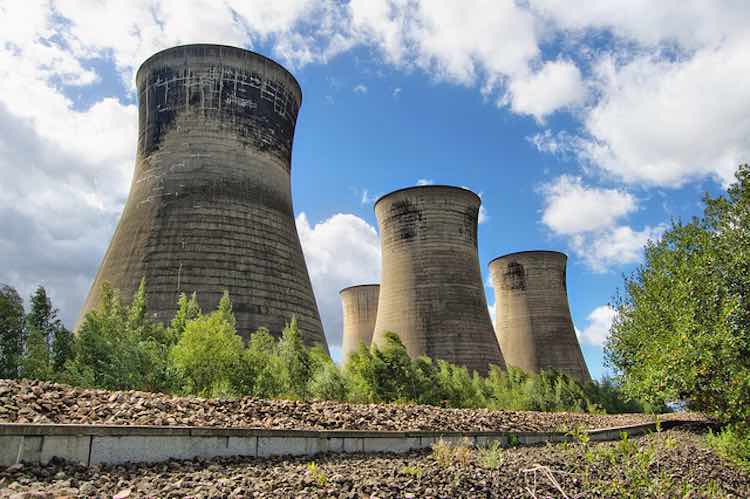American colleges and universities are using 64 percent less coal than they did less than a decade ago, burning 700,000 short tons last year, down from 2 million tons in 2008, the U.S. Energy Information Administration said in a report released yesterday.
Most universities have turned to natural gas as a replacement, with state funding backing the fuel switch.
CHECK OUT: Teenage Girl Turns Plastic Trash Into Million-Dollar Biofuel
While academic institutions use less than 0.1 percent of U.S. coal burned for power, campus coal use has a history dating back to the 1800s when access to power was scarce.
Many universities still operate their own power plants. The Public Utility Regulatory Policies Act of 1978 encouraged more electricity generation by allowing institutions to sell surplus power to utilities.
But EIA noted many coal-fired universities have signed onto the American College & University Presidents Climate Commitment, which launched in 2007.
MORE: Device Removes Trash Floating Near The Shore Before it Reaches Sea
About 665 schools are part of the program, which aims to slash greenhouse gas emissions. Thirty percent of the participants have pledged to be carbon neutral within 20 years.
The Sierra Club’s Beyond Coal campaign, which also leads campaigns for universities to pull their endowment investments in coal and other fossil fuels, lists 22 schools that have pledges to move “beyond coal,” including Clemson University, Indiana University, Ohio University, Penn State University, the University of Louisville and the University of Tennessee, Knoxville.
RELATED: California Breaks Solar Record, Generates Enough Electricity for 6 Million Homes
The largest coal use reductions at colleges were in Michigan, Missouri, Tennessee and Indiana. The Hoosier State’s universities alone cut coal consumption by 81 percent between 2008 and 2015.
During the same period, Michigan made an 80 percent cut and Tennessee cut back by 94 percent at state institutions.
Give Your Friends Some Positive Energy – Click To Share
Reprinted with permission from E&E Publishing – Photo by Tj.Blackwell




















